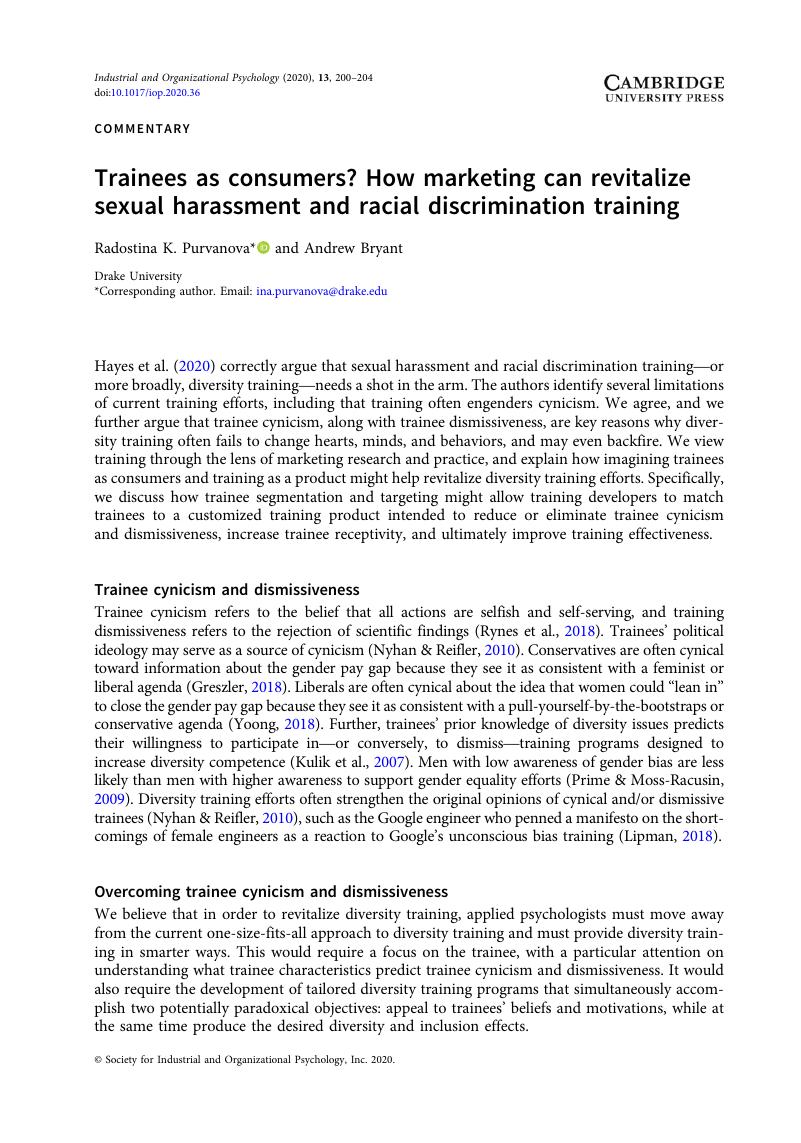Crossref Citations
This article has been cited by the following publications. This list is generated based on data provided by Crossref.
Zheng, Xingzhong
2021.
Application of Virtual Reality Technology in Marketing Training.
Journal of Physics: Conference Series,
Vol. 1744,
Issue. 4,
p.
042199.



